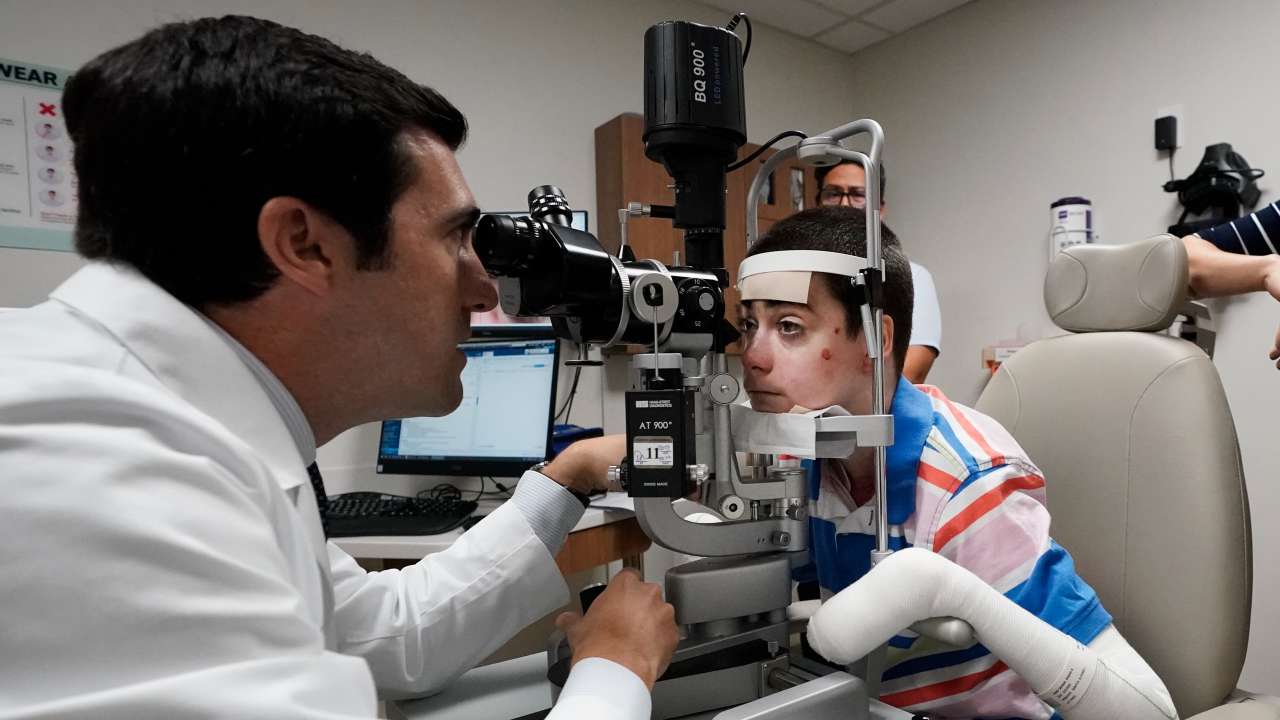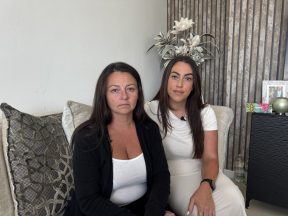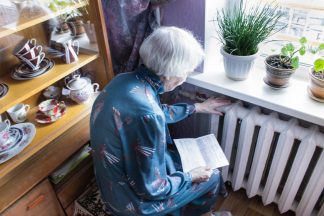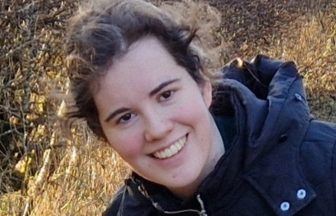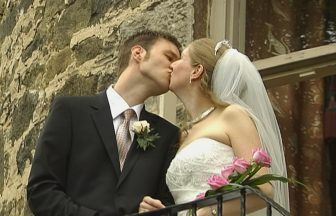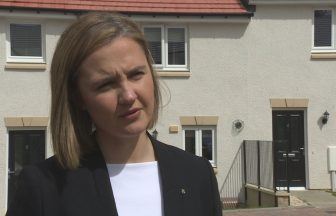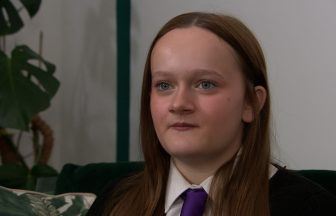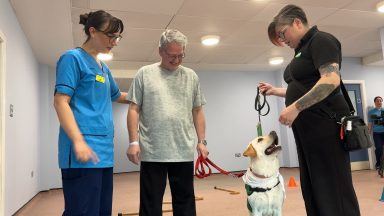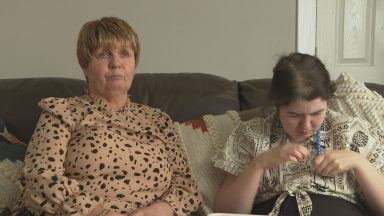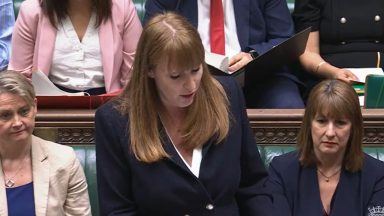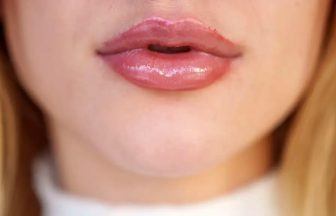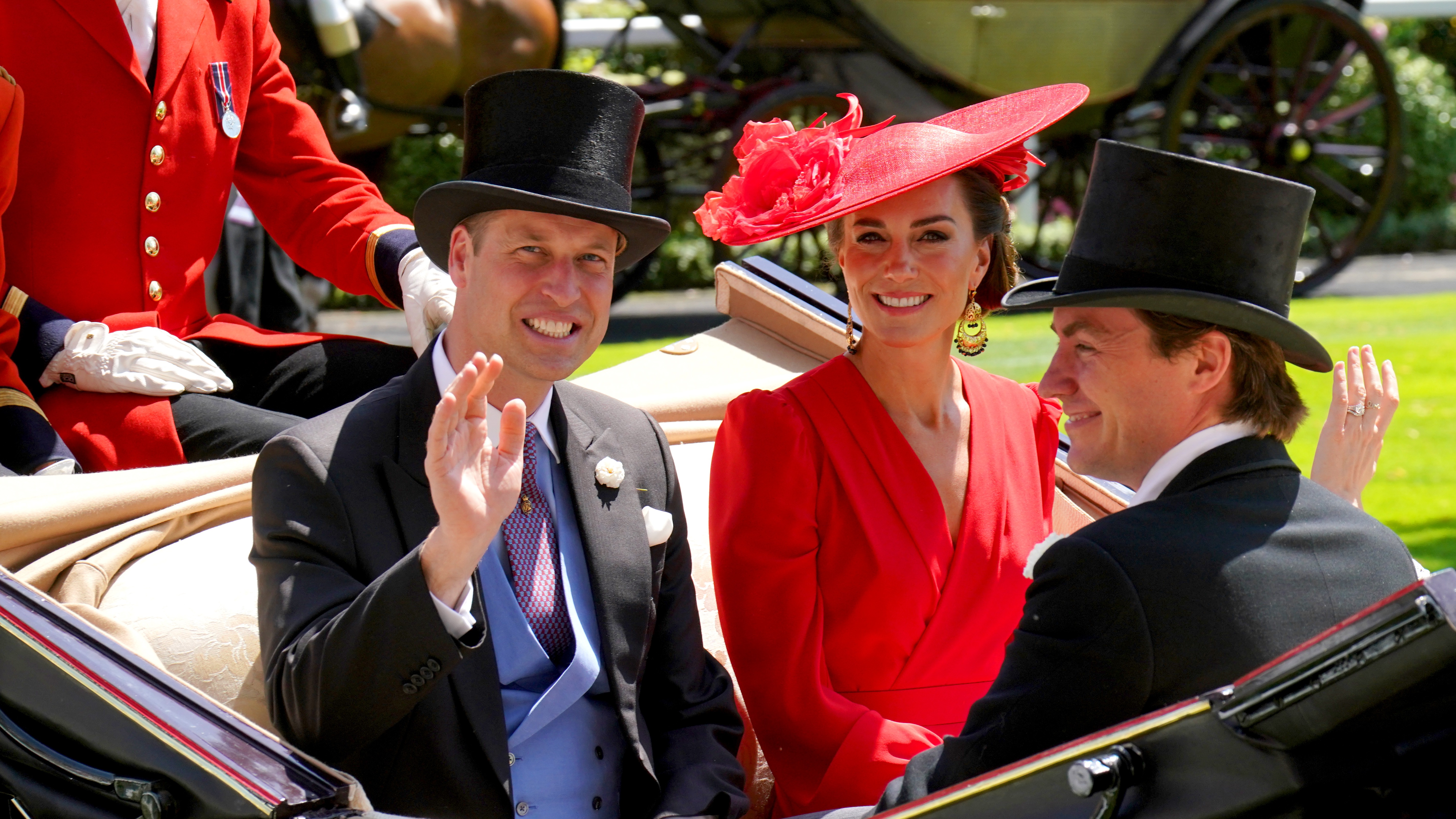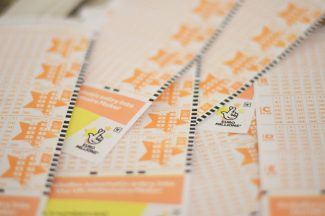A 14-year-old boy in the US who has been blind for much of his life has had his sight restored after months of gene therapy delivered with eyedrops.
Antonio Vento Carvajal was born with dystrophic epidermolysis bullosa, a rare genetic condition that causes blisters all over his body and in his eyes.
Like other children with the condition – who are sometimes called “butterfly children” – his skin is so fragile that even a touch can wound him.
But after joining a clinical trial to test the world’s first topical gene therapy, his skin improved.
His progress inspired Dr. Alfonso Sabater to investigate if the gene therapy could be adapted for Antonio’s eyes.
Now, it is hoped that similar therapies could potentially treat millions of people with other eye diseases, including common ones.
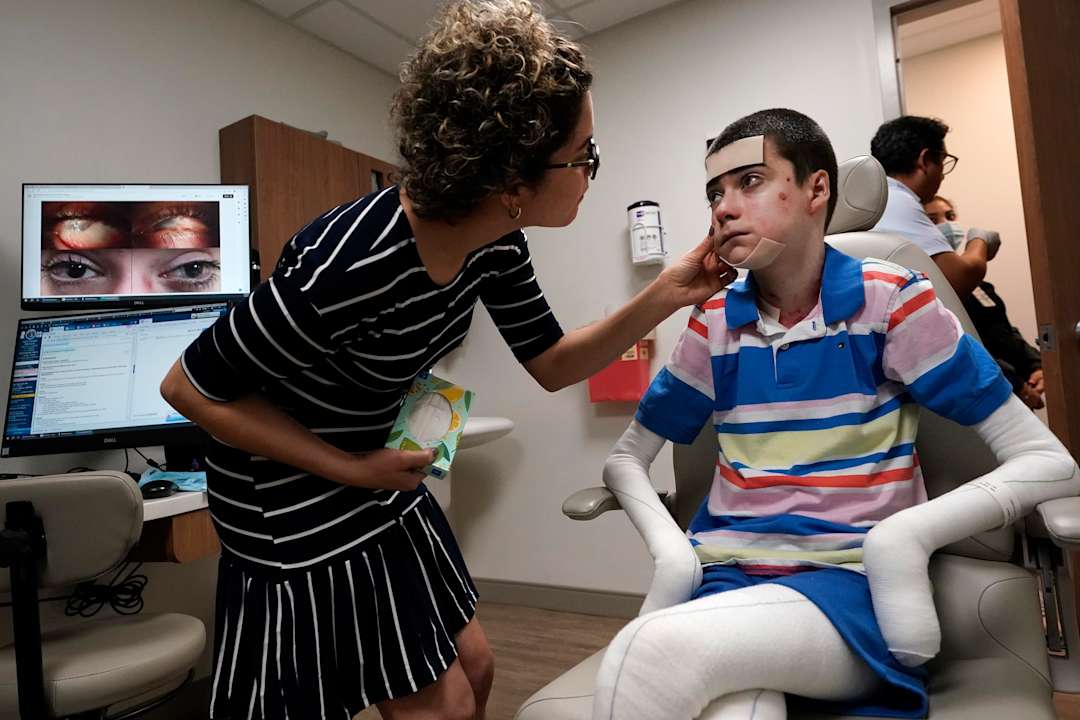
Antonio’s family moved to the US from Cuba in 2012 on a special visa allowing Antonio to get treatment for his condition, which affects around 3,000 people worldwide.
He had surgeries to remove scar tissue from his eyes, but it grew back.
Antonio’s vision kept getting worse, eventually deteriorating so much that he didn’t feel safe walking around.
Dr Sabater had no answers then, and tried to reassure the boy: “I’ll find a solution. I just need some time. I’m working on it.”
“‘Yeah, I know you’re going to do it,’” Sabater recalled Antonio saying. “That gave me the energy to continue.”
At one point, Antonio’s mother Yunielkys “Yuni” Carvajal told Dr Sabater about the experimental gene therapy gel for Antonio’s skin lesions. He contacted drugmaker Krystal Biotech to see if it could be reformulated for the boy’s eyes.
Suma Krishnan, co-founder and president of research and development for the company, said the idea made sense and “it didn’t hurt to try it.”

Antonio’s condition is caused by mutations in a gene that helps produce a protein called collagen 7, which holds together both skin and corneas. The treatment, called Vyjuvek, uses an inactivated herpes simplex virus to deliver working copies of that gene.
The eyedrops use the same liquid as the skin version, just without the added gel.
After two years, which included testing the drug in mice, the team got “compassionate use” approval from the US Food and Drug Administration and permission from university and hospital review boards.
Last August, Antonio had surgery on his right eye, after which Dr Sabater started treating him with the eyedrops.
Krishnan said they were cautious, frequently watching to see that it was safe.
Antonio’s eye recovered from the surgery, the scarring didn’t return and there was significant improvement each month, Dr Sabater said.

Doctors recently measured the vision in Antoni’s right eye at a near-perfect 20/25.
This year, Dr Sabater began treating Antonio’s left eye, which had even more scar tissue. That one is also steadily improving, measuring close to 20/50, which Sabater said “is pretty good vision.”
Antonio receives checkups almost weekly, and gets drops once a month.
Dr Sabater, director of the Corneal Innovation Lab at the eye institute, said gene therapy eyedrops could potentially be used for other diseases by changing the gene delivered by the virus.
For example, a different gene could be used to treat Fuchs’ dystrophy, which affects millions of people in the US and accounts for about half the nation’s corneal transplants.
Fuchs’ dystrophy is a common condition that can cause the corneas to become waterlogged and cloudy.
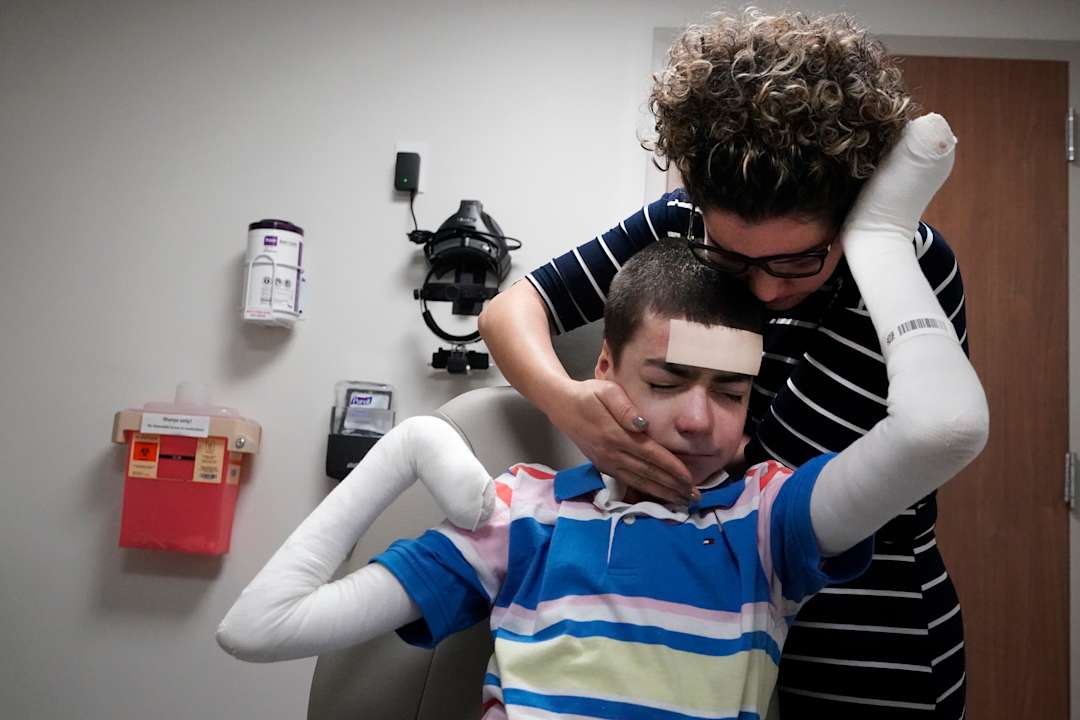
Dr Sabater said the two-year journey seeking government and hospital approvals “was worth it. Just for Antonio, it was worth it … but also because it opens the space to treat other patients in the future.”
Antonio’s mum Yunielkys teared up while talking about Dr Sabater’s work.
“He’s been there through everything,” she said. “He’s not only a good doctor but such a good human being and provided us with hope. He never gave up.”
With his vision restored, Antonio has enjoyed a typical teen pastime he’s wanted to do for quite a while: playing video games with his friends.
Follow STV News on WhatsApp
Scan the QR code on your mobile device for all the latest news from around the country


